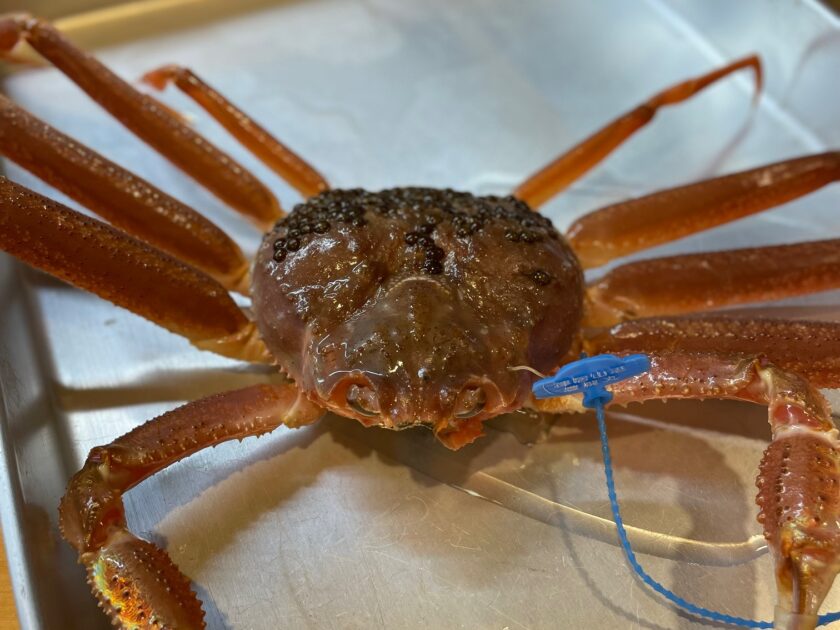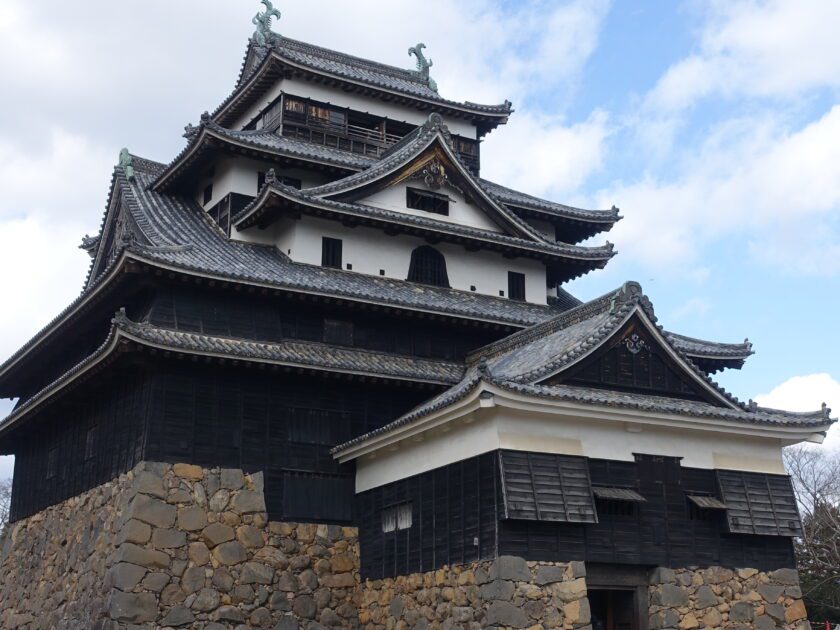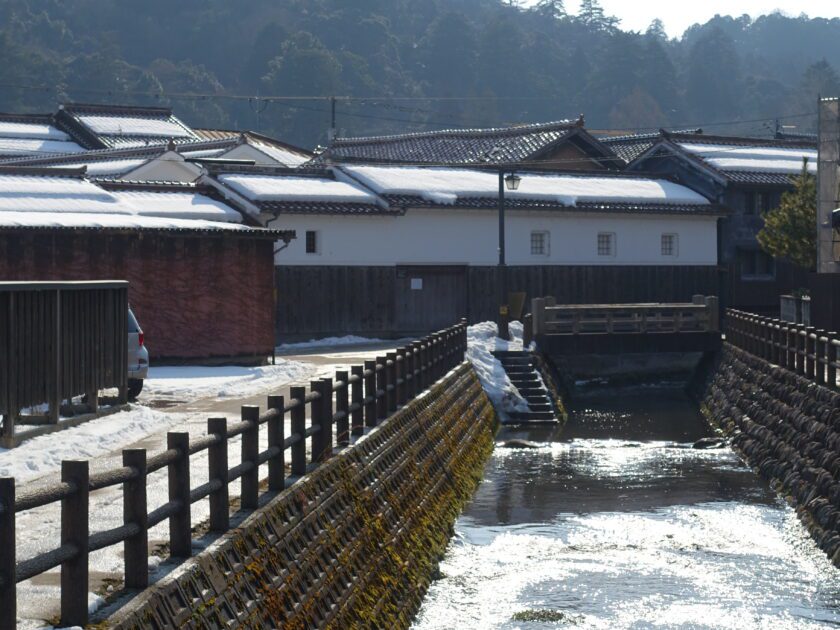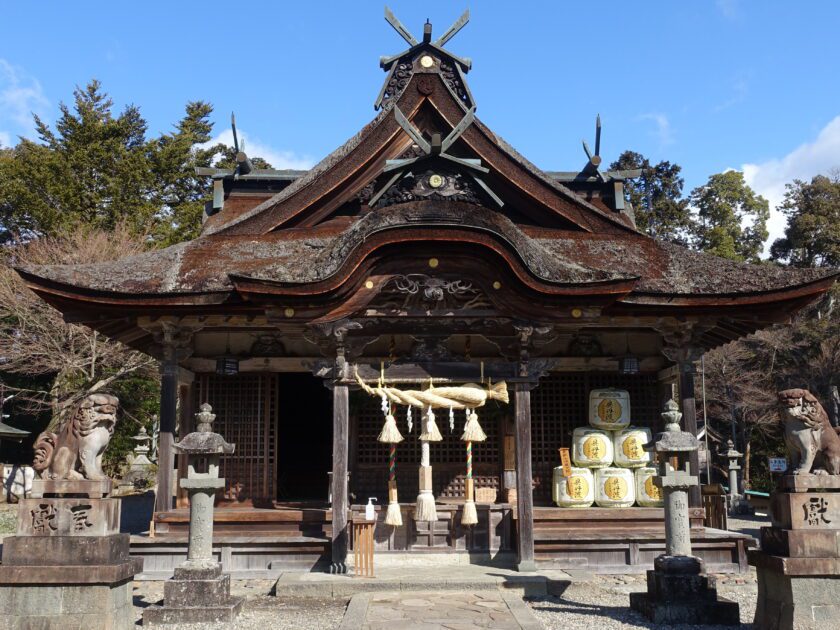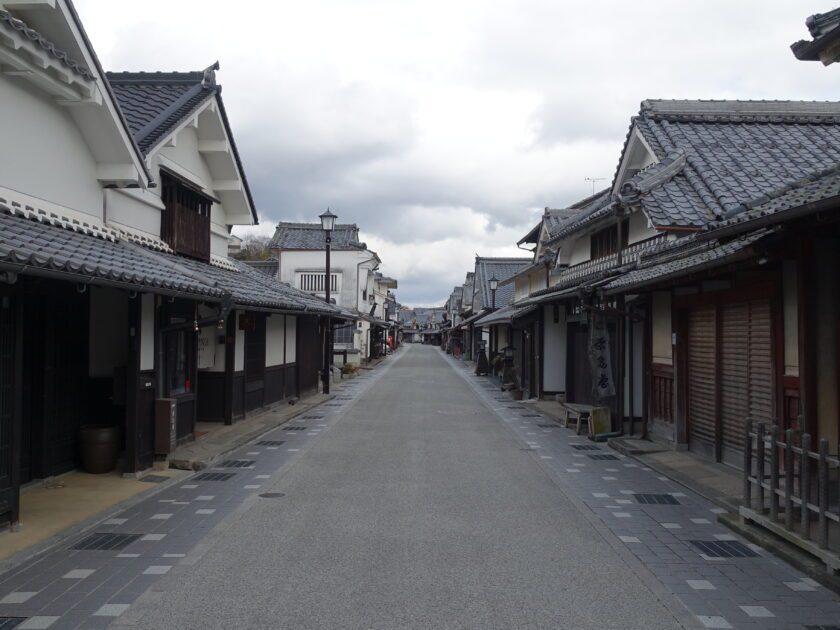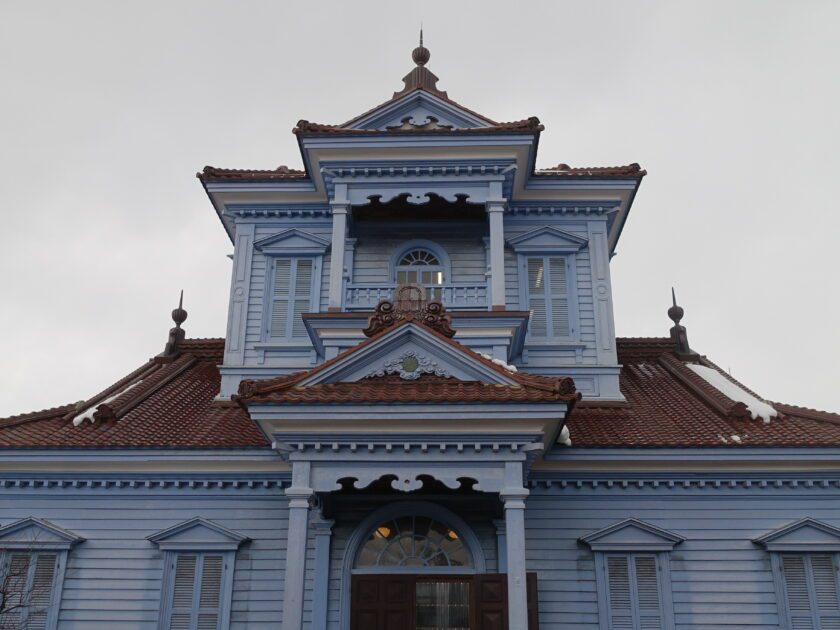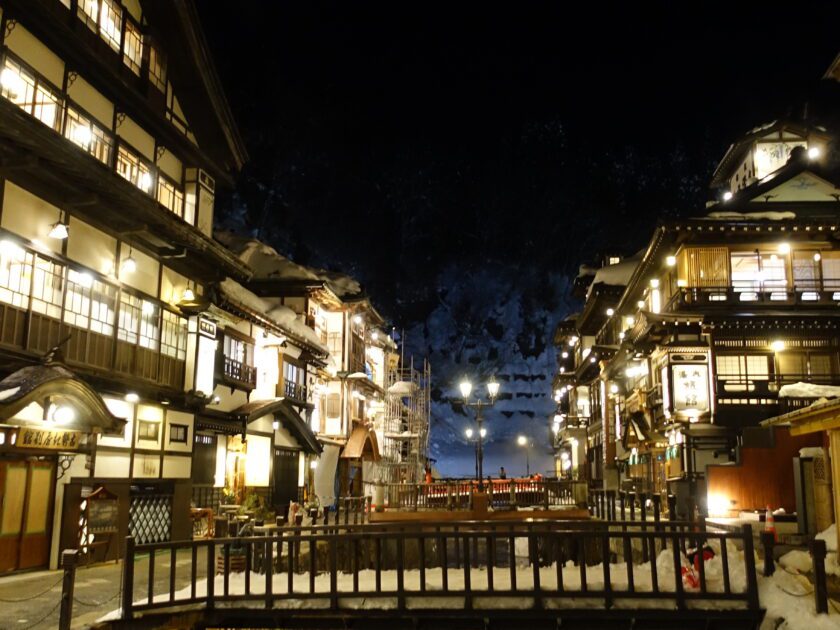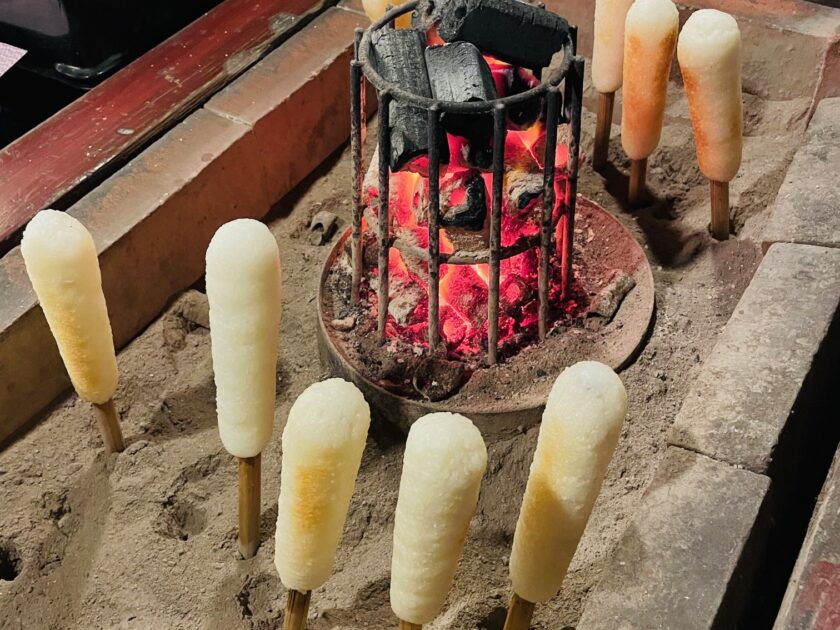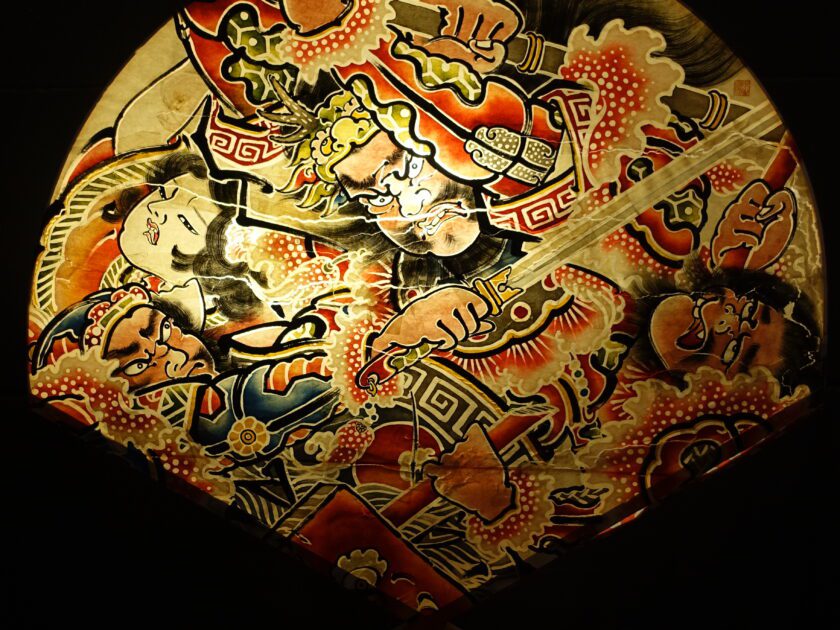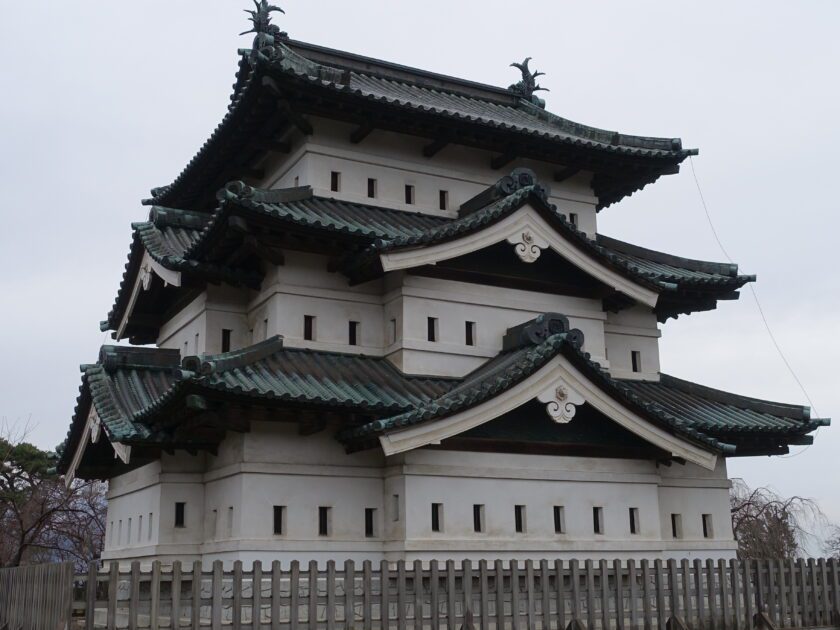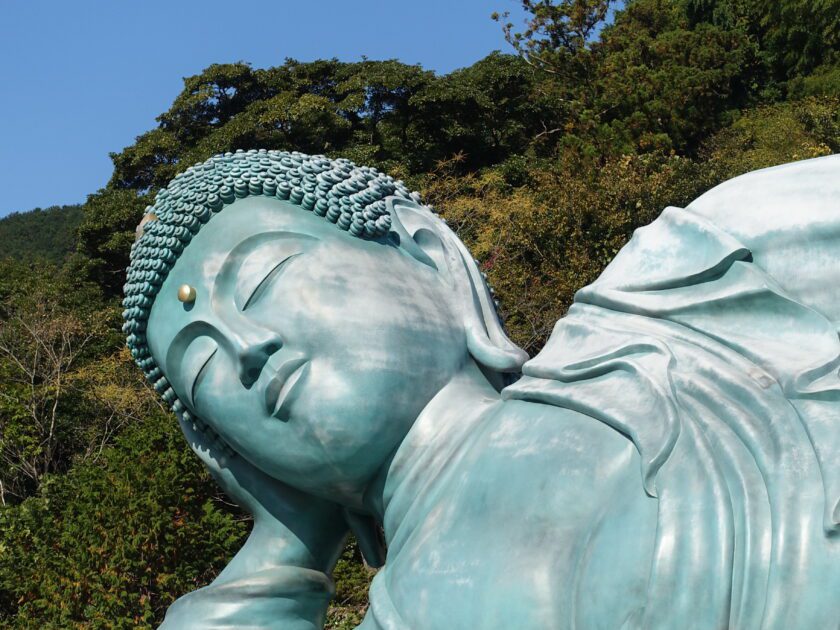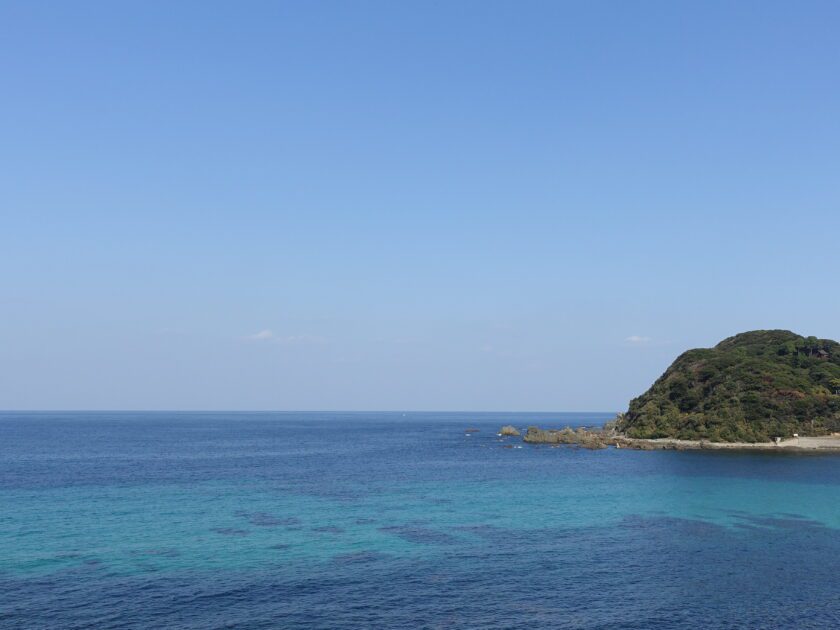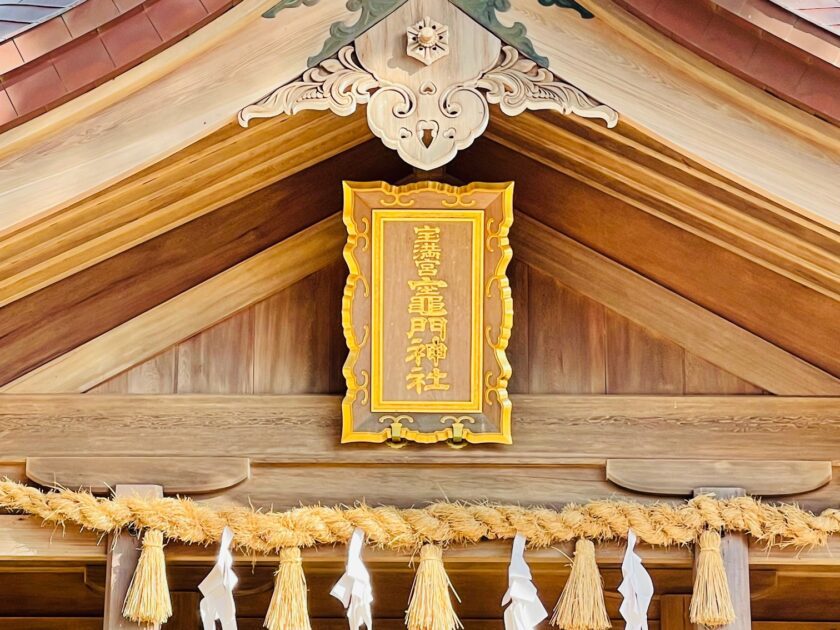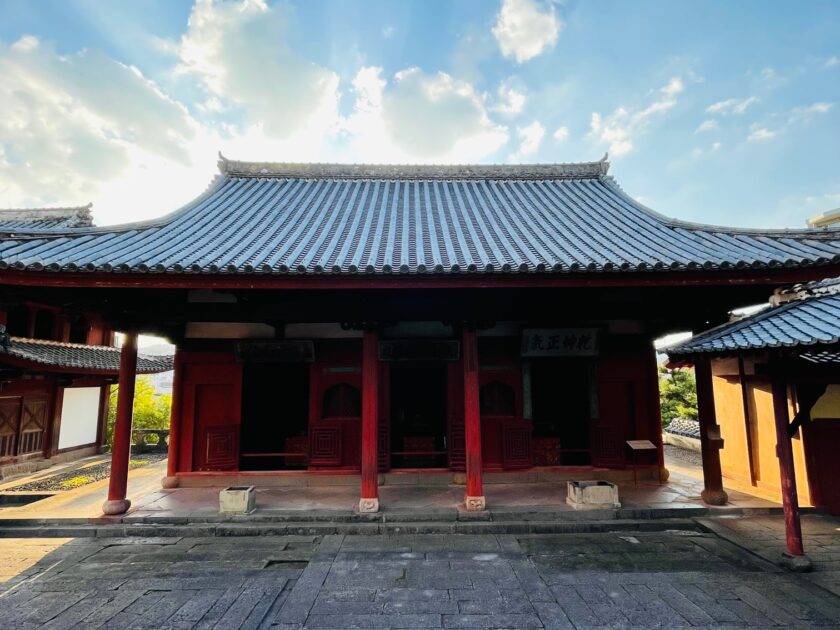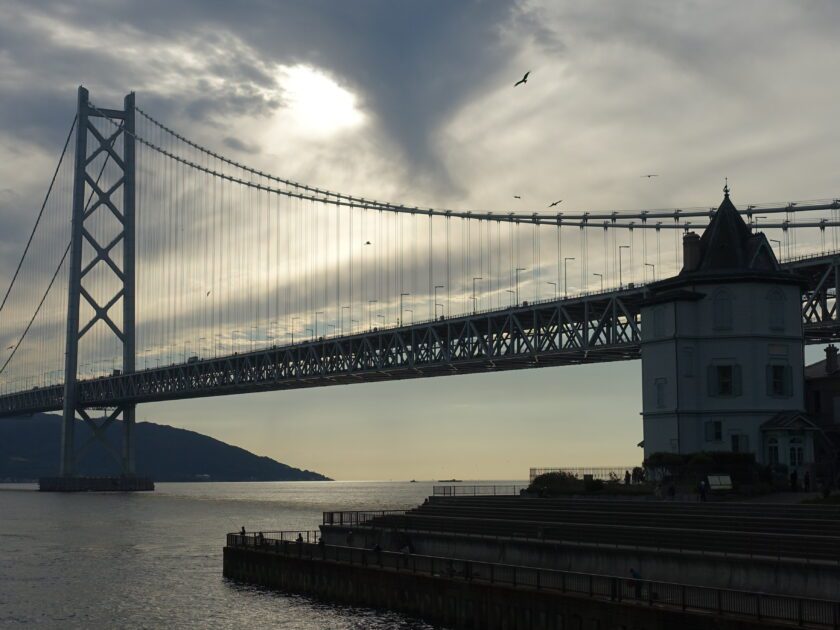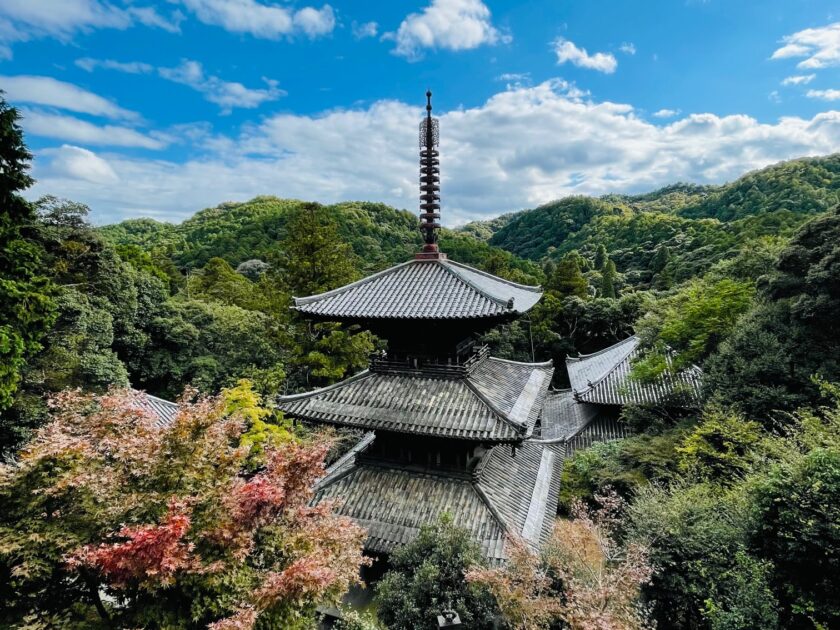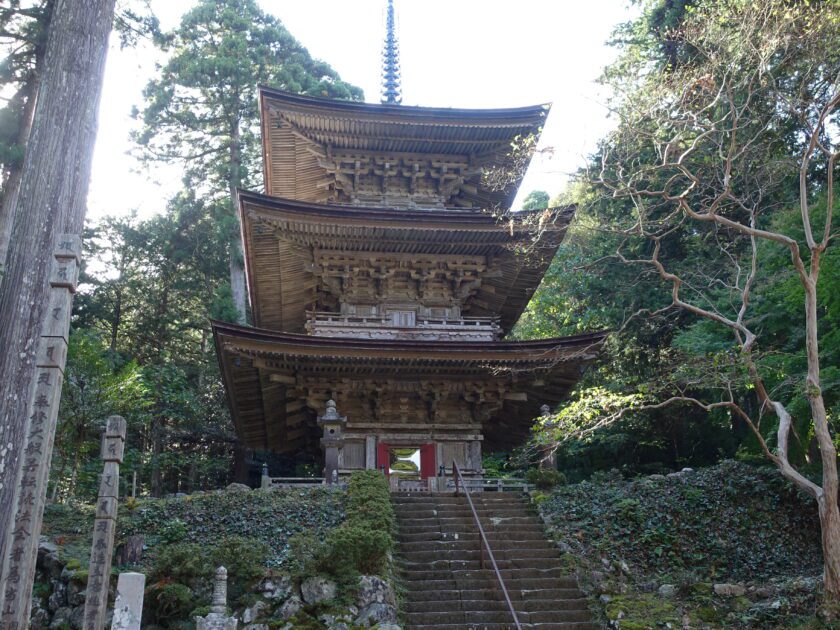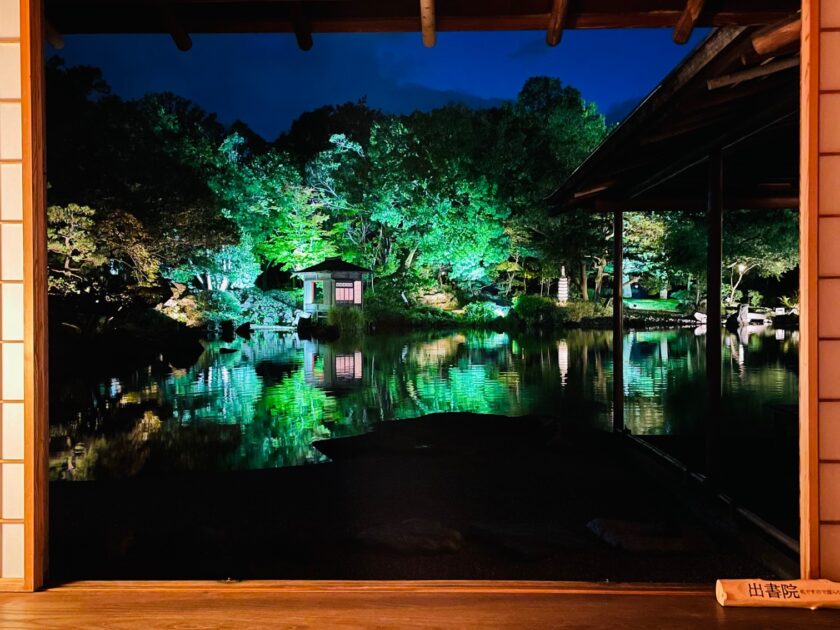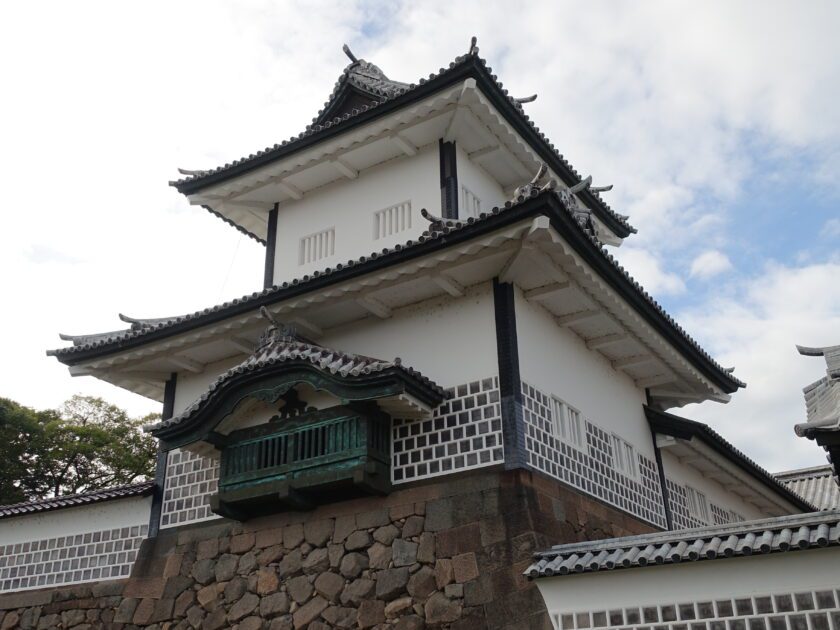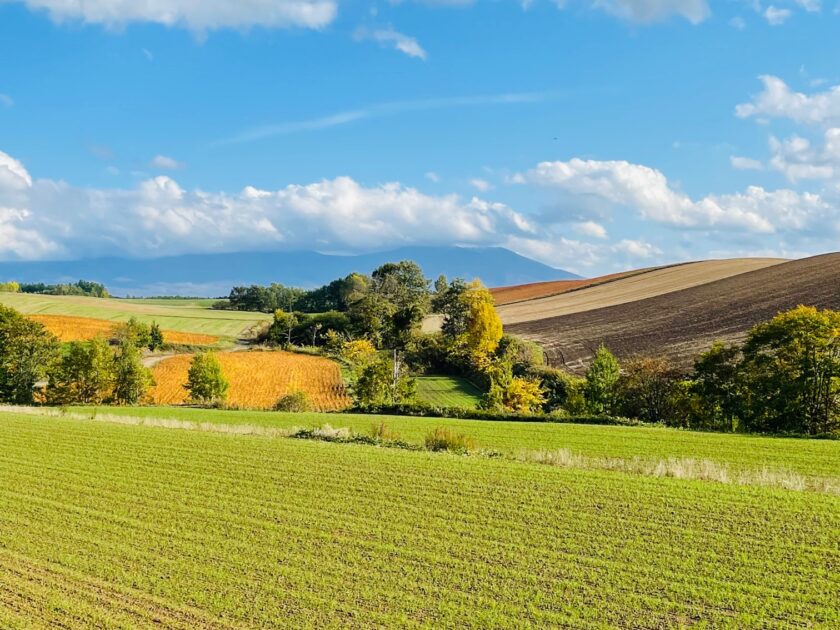Surprising areas rich in cultural properties
Surprising areas rich in cultural properties Table of Contents 1: What are National Treasures and National Important Cultural Properties? 2: Ranking of National Treasures and National Important Cultural Properties by number 3: Prefectures rich in national treasures and cultural properties not visited by foreign visitors 4: The best ‘Little‐known good spots’ for travelers seeking a local trip or a trip to an unfamiliar place 1: What are National Treasures and National Important Cultural Properties? We compiled the National Treasures and Important Cultural Properties by prefecture according to the Agency for Cultural Affairs‘ website. The Agency for Cultural Affairs designates national treasures as being of particular value from the perspective of world culture. Important cultural properties are also defined as ‘important cultural properties.’ National Treasures and Important Cultural Properties are categorized as ‘buildings’ and ‘arts and crafts.’ 1,132 National Treasures and 13,377 Important Cultural Properties (including the number of National Treasures) had been designated as of 1 April 2023. Of the ‘National Treasures,’ 230 are defined as ‘Buildings’ and 902 ‘Arts and Crafts.’ Of the ‘Important Cultural Properties,’ 2,557 are designated as ‘Buildings’ and 10,820 as ‘Arts and Crafts’ (including the number of National Treasures). As a non-specialist in

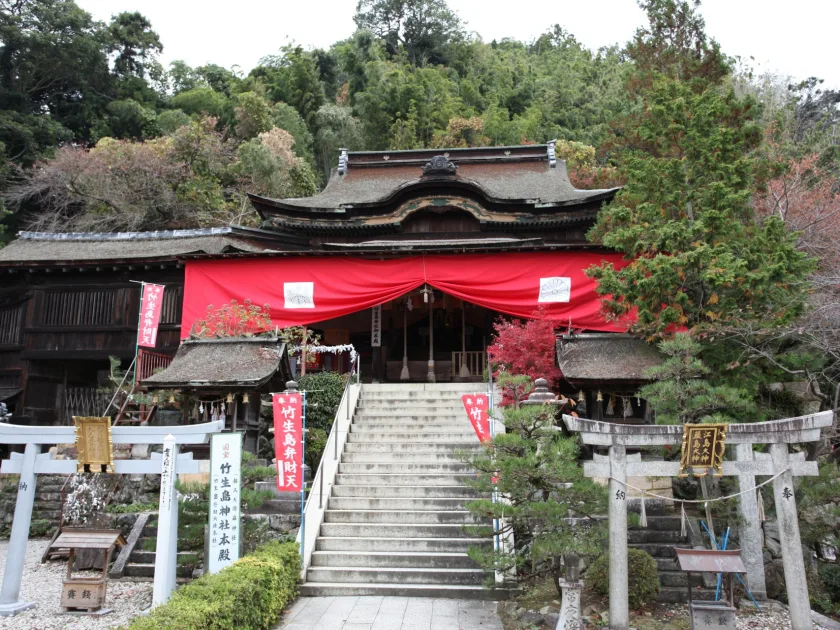
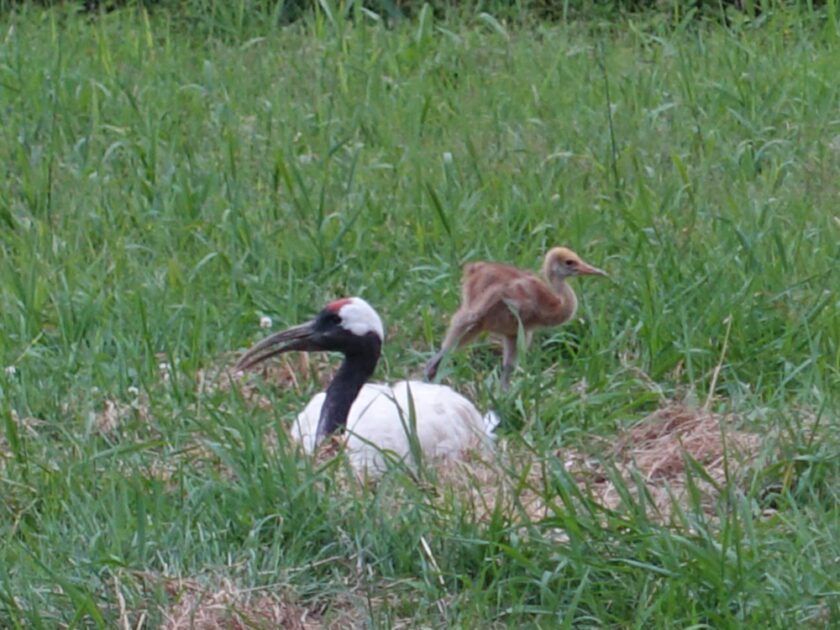

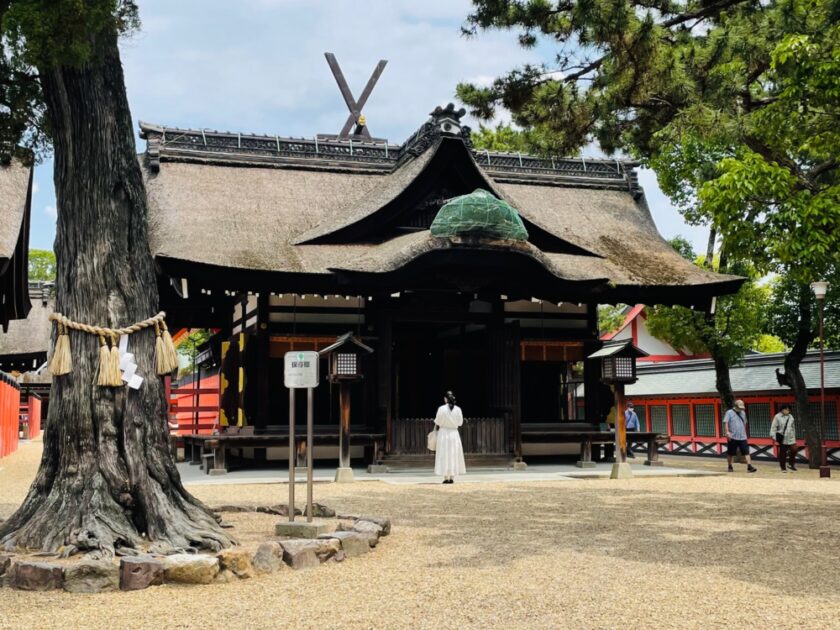

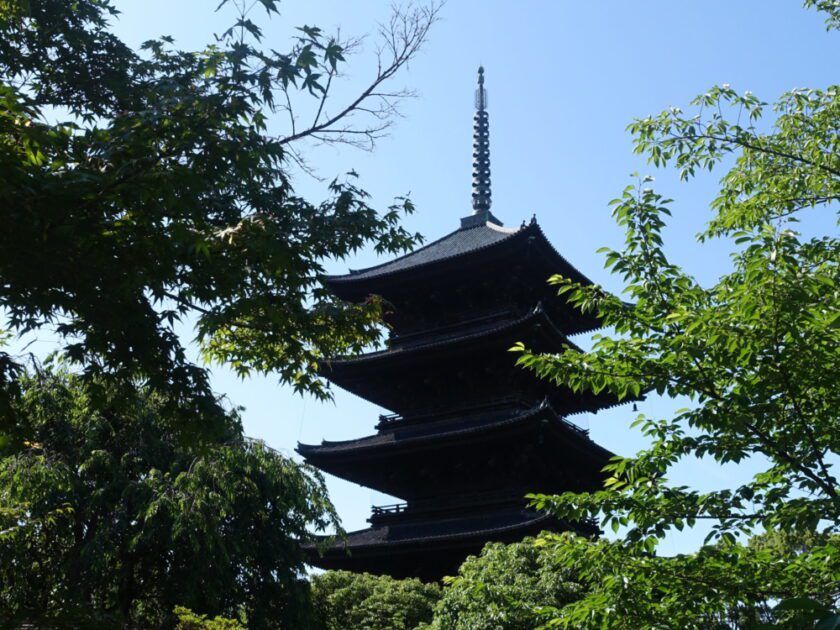
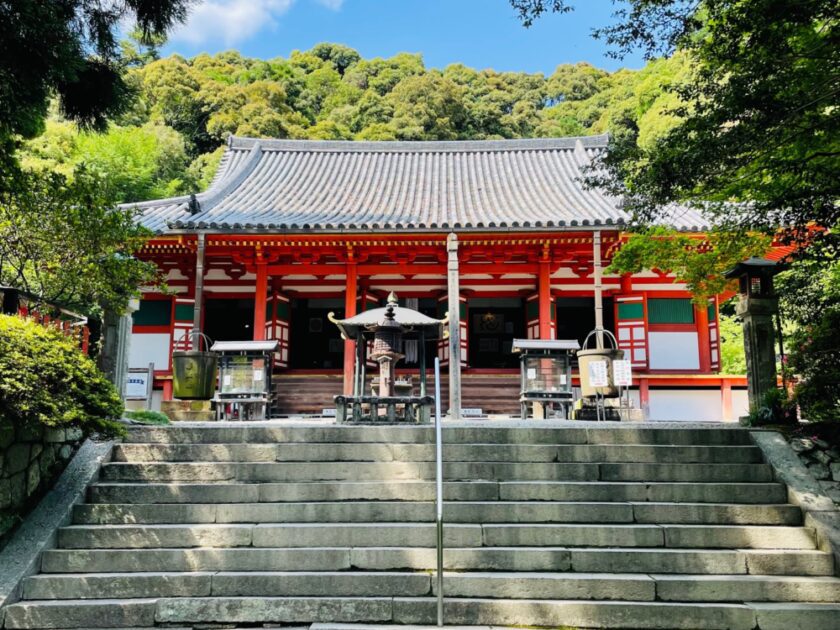

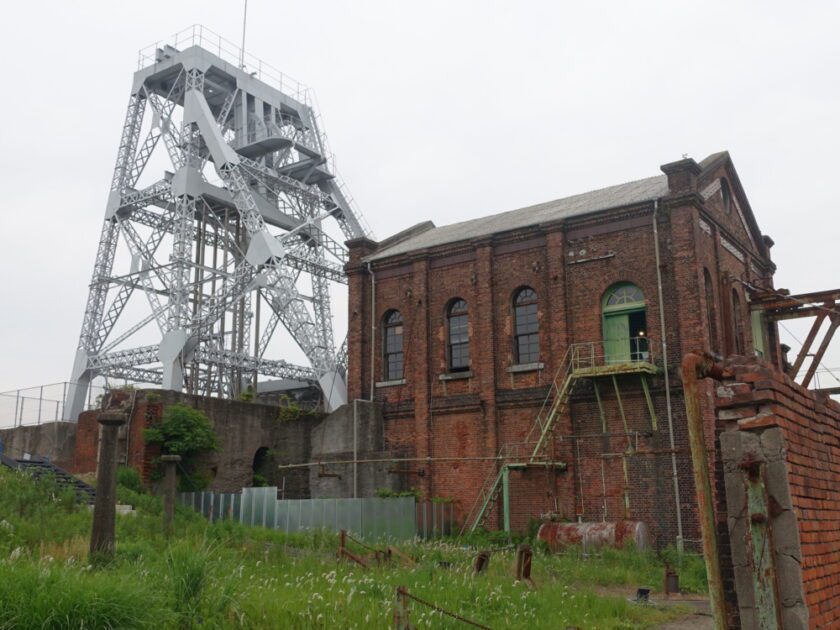

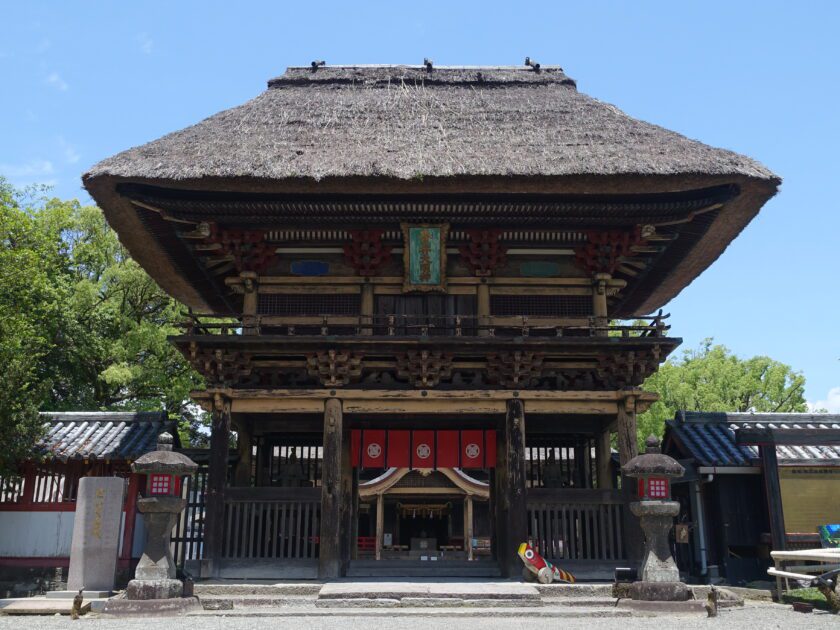

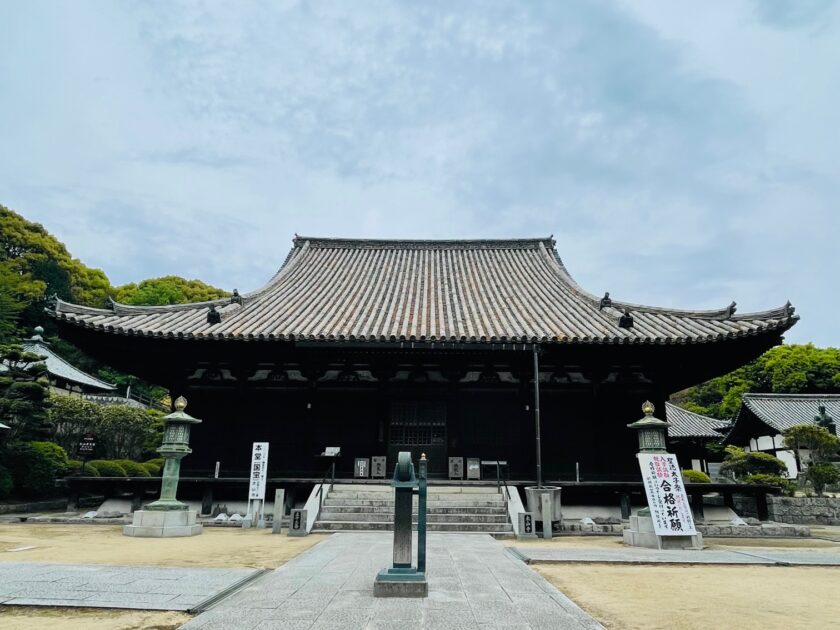




観音-840x630.jpg)


